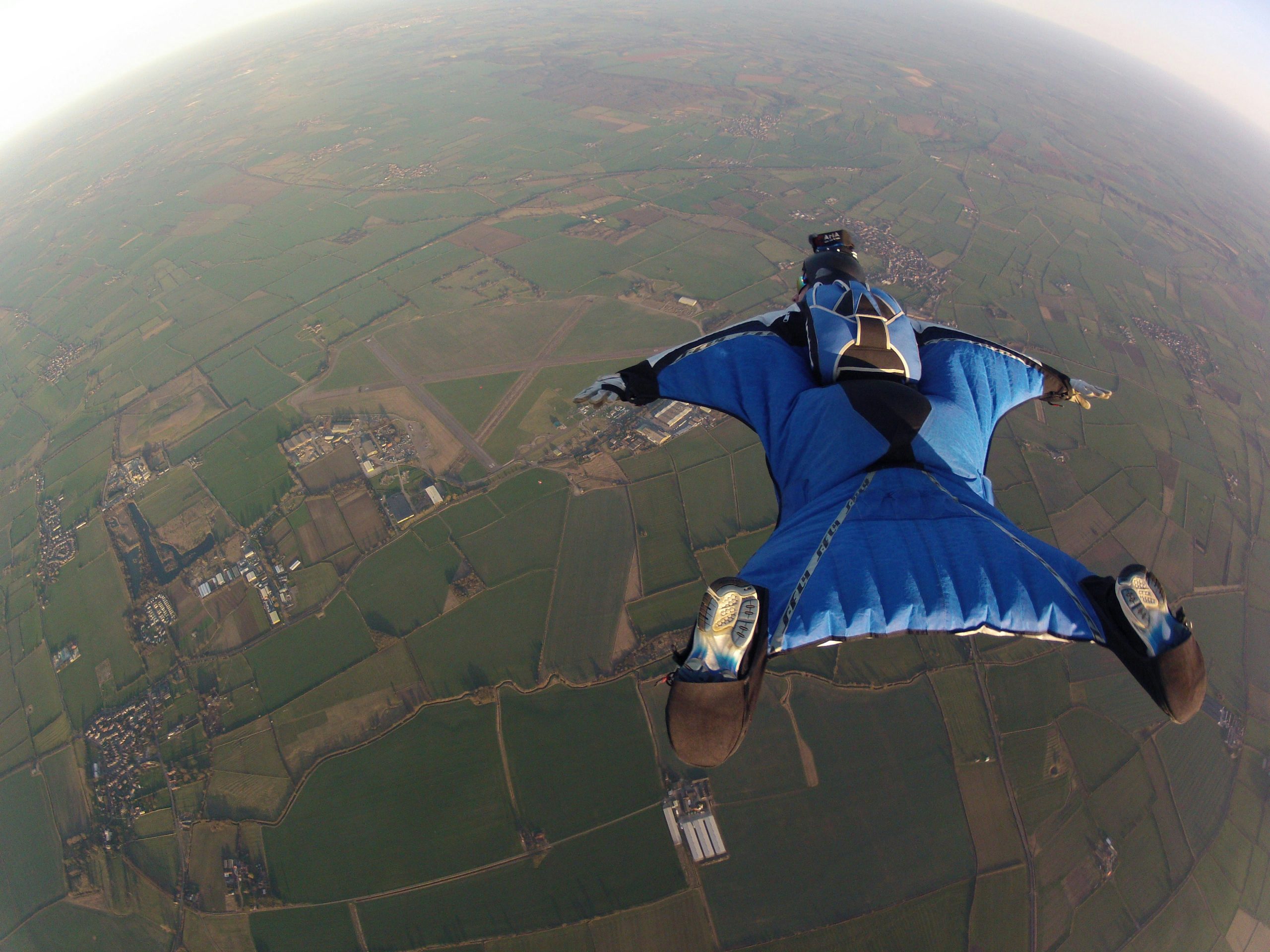
Mastering Proximity Wingsuit Flying: The Ultimate Thrill of Skimming Close to Terrain
Proximity wingsuit flying is a top extreme sport. It combines the excitement of freefall with the challenge of flying close to cliffs, trees, and mountains. For many thrill-seekers, it feels like actual flying. But with the excitement comes the need for accuracy, skill, and a clear understanding of the risks. Before you dive into the details, make sure to check out 20Bet login for the latest odds on extreme sports betting.
What is Proximity Wingsuit Flying?
You have probably heard about wingsuit flying, where people wear a special suit that lets them glide in the air instead of just falling. Proximity wingsuit flying is even more intense. Instead of flying high in open areas, pilots fly close to the ground, speeding past rocks, cliffs, and trees. This makes it one of the most dangerous and thrilling types of wingsuit flying.
The Thrill of Flying Close to Terrain
Why do people fly so close to the ground in wingsuit flying? It’s for the thrill. Flying just meters away from cliffs or over forests gives pilots a huge rush of adrenaline. They need to stay fully focused because one mistake could be fatal.
The Importance of Experience and Skill
Proximity wingsuit flying is not for beginners. You need to be good at skydiving and wingsuit flying before trying proximity flying. Start by learning the basics, controlling your speed, and understanding how air moves. Most people begin by flying from high up and gradually move closer to the ground. This helps build confidence and skills for flying near the terrain.
How Pilots Train for Proximity Flights
Training for proximity wingsuit flying takes time. Pilots don’t just throw on a suit and dive off a cliff. They spend years mastering different aspects of flight. Many start with traditional skydiving to get a feel for freefall and body control. From there, they progress to wingsuiting in wide-open spaces. Once they’ve built up the necessary skills, they move on to proximity flights, starting with safer, less challenging environments. Over time, they may choose to tackle more difficult terrains, but always with caution.
Reading the Terrain: A Crucial Skill
One of the key skills in proximity wingsuit flying is reading the terrain. Pilots need to understand the landscape they’re flying over. They must predict changes in the wind and adjust their path to match the shape of the terrain. A sudden drop or a steep cliff can surprise even the best pilots. That’s why careful planning and checking the flight path are so important. Many pilots will spend hours or even days studying a location before attempting a flight.
The Mental Aspect of Proximity Wingsuit Flying
The physical skills required for proximity wingsuit flying are crucial, but the mental game is just as important. Pilots need to stay calm under extreme pressure. Panic can lead to accidents. Pilots need to stay focused and calm. They often visualize their flight path before taking off to prepare.
The Risks Involved
Proximity wingsuit flying is extremely risky. Here are specific dangers and considerations:
- Wind Changes: Sudden shifts in wind can affect flight stability and direction. Pilots must anticipate and react quickly to these changes.
- Misjudged Distances: Flying too close to terrain can lead to collisions. Pilots need precise control and judgment to avoid obstacles.
- Unexpected Obstacles: Rocks and trees can show up at any moment. Pilots need to keep a close watch on their surroundings to avoid accidents.
- Minimal Room for Error: There is very little margin for mistakes. Every maneuver requires exacting skill and precision.
- Emergency Preparedness: Pilots must have a clear plan for emergencies. This includes knowing when and how to use their parachute.
- Ongoing Risk: Despite the risks, the sport is still popular because it provides a unique thrill and sense of freedom.
These risks show why it’s important to be well-prepared and skilled to enjoy this extreme sport safely.
Staying Safe: Tips for Pilots
Pilots must have an emergency plan. Even with the risks, many keep flying for the amazing thrill and freedom it offers. First, never rush the learning process. Building the necessary skills takes years of training. Second, always scout the terrain before attempting a flight. Knowing every inch of the landscape can help avoid unexpected surprises. Third, invest in high-quality gear. Your wingsuit, helmet, and parachute are your lifelines. Lastly, never fly alone. Having a team or partner nearby can be a lifesaver in case something goes wrong.
Why the Community Loves Proximity Wingsuit Flying
The wingsuit flying community is close-knit. Pilots love the sport not just for the thrill but for the friendships. Flying together builds strong bonds. They share tips, flight plans, and stories to help each other get better and stay safe. Everyone respects the skill and bravery needed for this sport. They cheer for each other’s wins and know the risks involved.
Conclusion
Proximity wingsuit flying is an extreme sport that requires skill and focus. Flying close to the ground is exciting but dangerous. With proper training, the right gear, and careful planning, pilots can experience amazing freedom in the sky. For those ready for the challenge, it’s an adventure like no other.
Featured image source.

